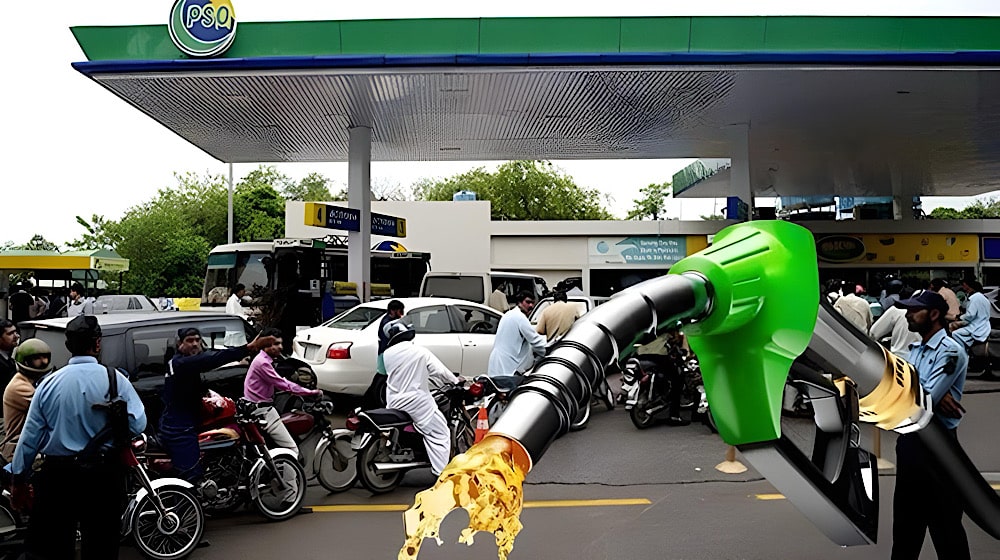Islamabad: In a bid to generate an additional Rs90 billion in revenue during the final three and a half months of the current fiscal year (FY2024-25), the federal government has significantly increased the petroleum levy (PL) on petrol and high-speed diesel (HSD) since March 16, 2025.
The PDL on petrol has gone up by Rs18.02, rising from Rs60 to Rs78.02 per litre, while the PL on HSD has been raised by Rs17.01 per litre, from Rs60 to Rs77.01.
This sharp upward revision is part of the government’s broader fiscal strategy to meet its budgetary targets, especially in the absence of general sales tax (GST) on petroleum products.
Based on current projections, the annualized revenue from this increased levy is estimated at Rs300 billion.
Previously, the petroleum levy was capped at Rs60 per litre, a ceiling that was raised to Rs70 per litre in the ongoing fiscal year’s budget.
However, a presidential ordinance has since eliminated the cap altogether, granting the government more flexibility in adjusting the levy rates as needed.
Despite the rise in levy, the government reduced retail fuel prices at the start of the current fortnight (beginning May 1, 2025), thanks to favorable changes in the ex-refinery prices and margins.
Ex-refinery prices of petrol and HSD dropped by Rs1.40 and Rs1.93 per litre respectively, allowing authorities to cut the prices of both fuels by Rs2 per litre.
Additionally, the controversial Inland Freight Equalization Margin (IFEM) was reduced: by 59 paisa on petrol (from Rs6.89 to Rs6.30 per litre) and by 26 paisa on HSD (from Rs3.59 to Rs3.33 per litre), contributing to the overall price adjustment.
As of the previous pricing cycle ending April 30, 2025, the petroleum levy stood unchanged at Rs78.02 per litre on petrol and Rs77.01 per litre on HSD, with zero GST being applied to petroleum products.
These policy moves highlight the government’s reliance on petroleum levy as a major revenue source.
Also Read: Govt Still Weighing Petroleum Price Deregulation Decision
Especially in a tax-exempt regime, while attempting to balance public reaction by keeping pump prices in check through adjustments in margins and freight costs.
